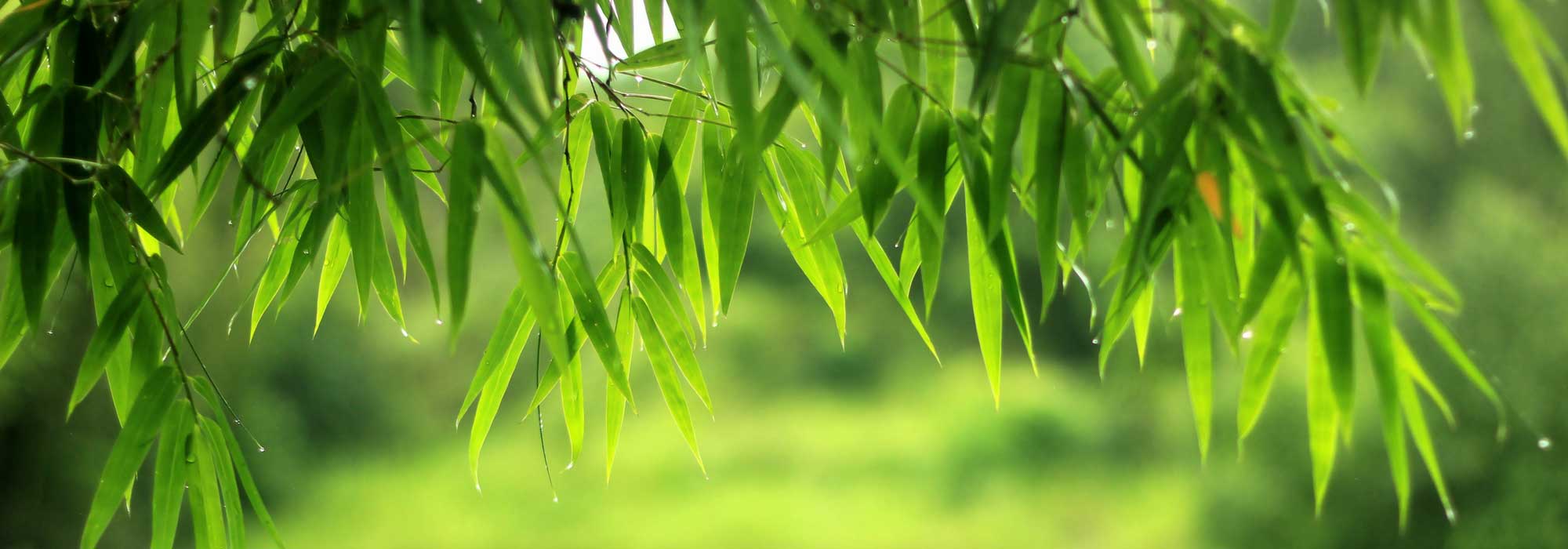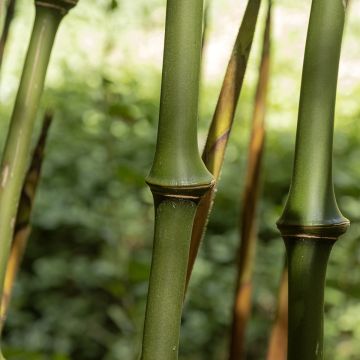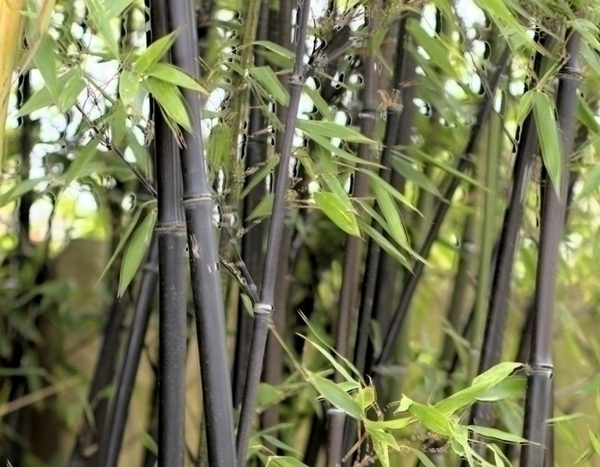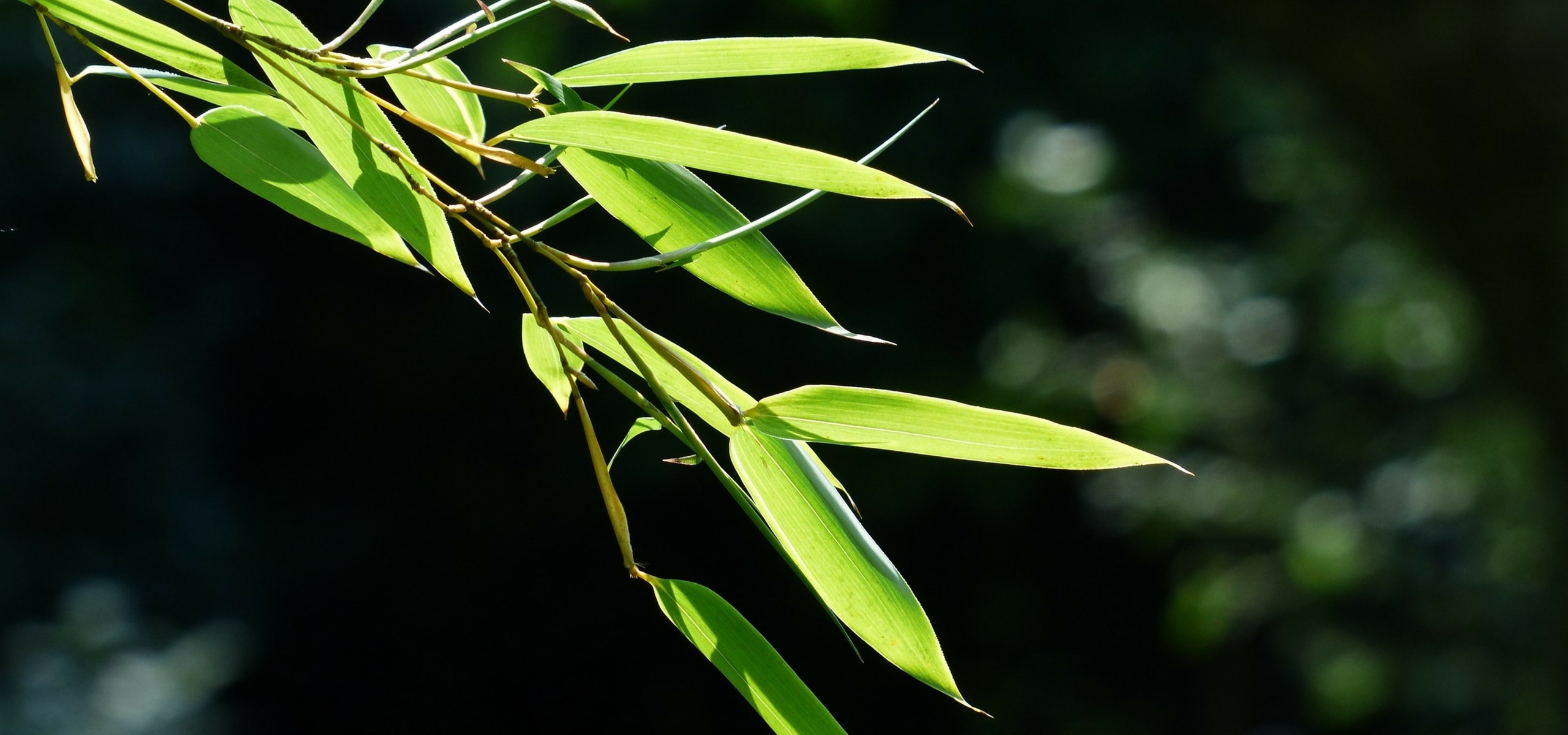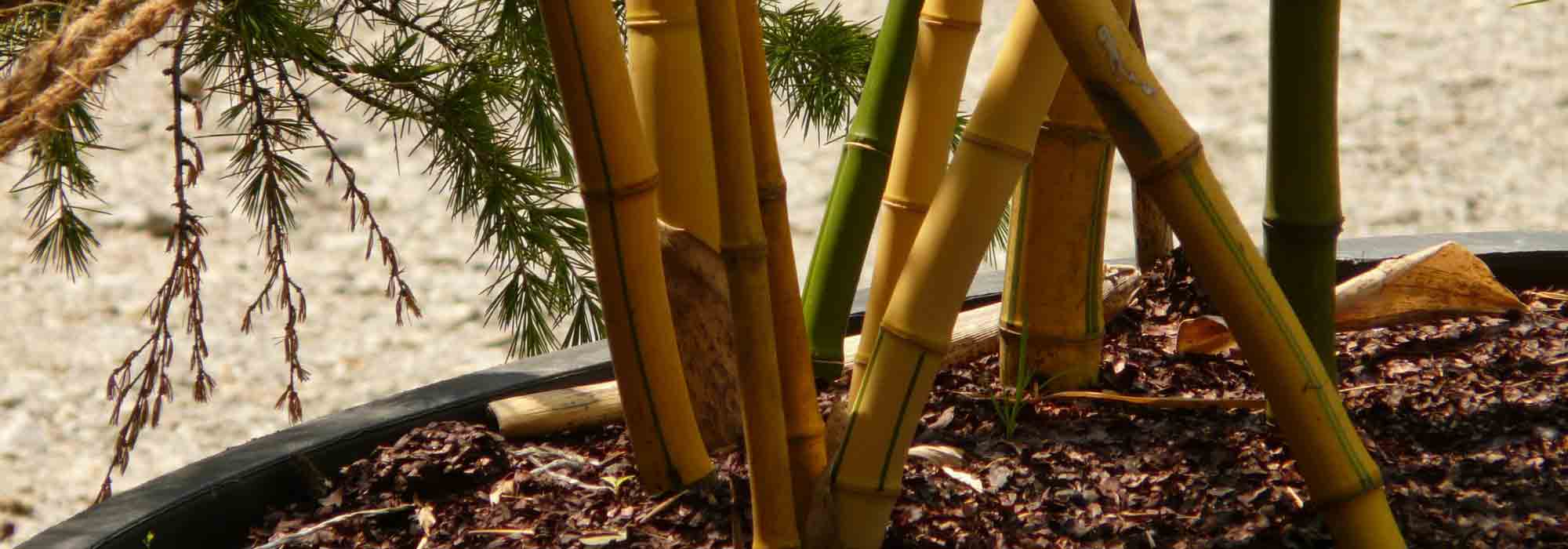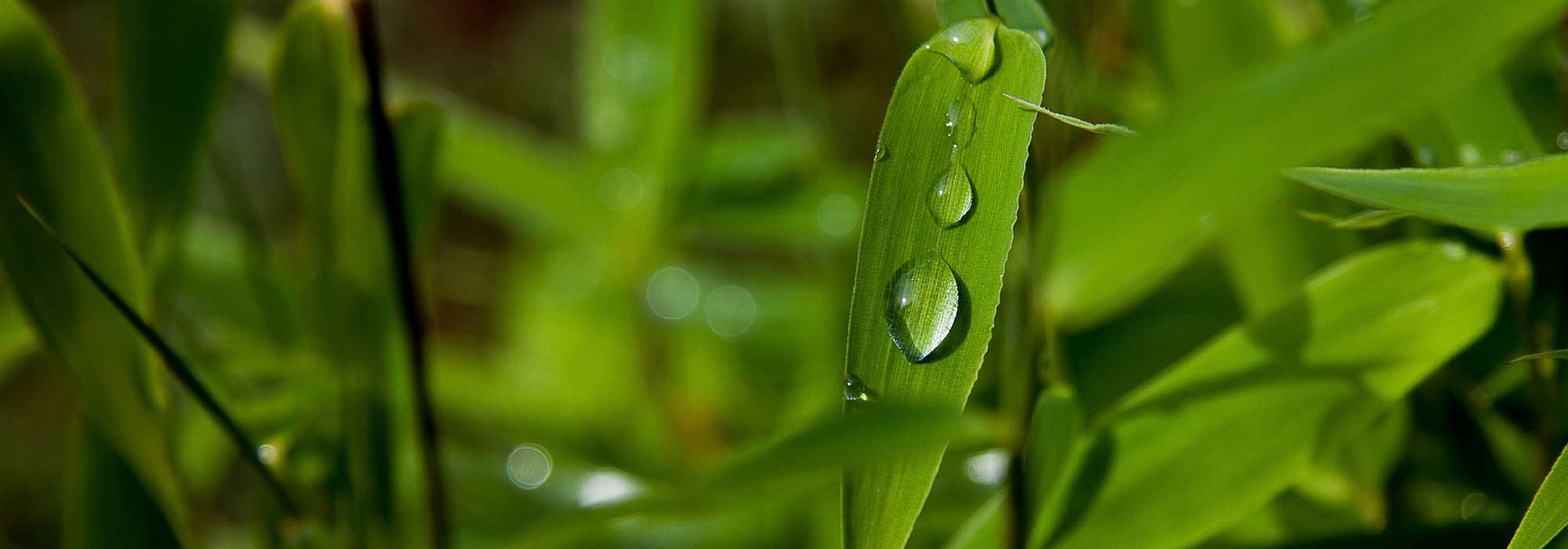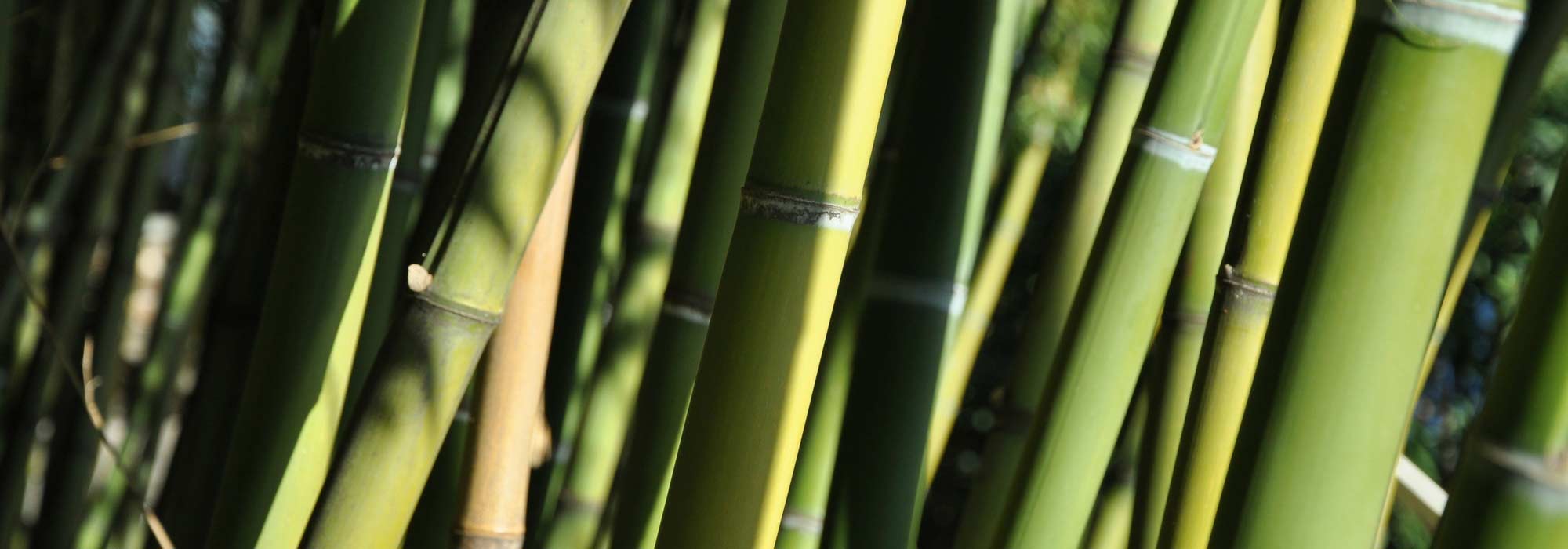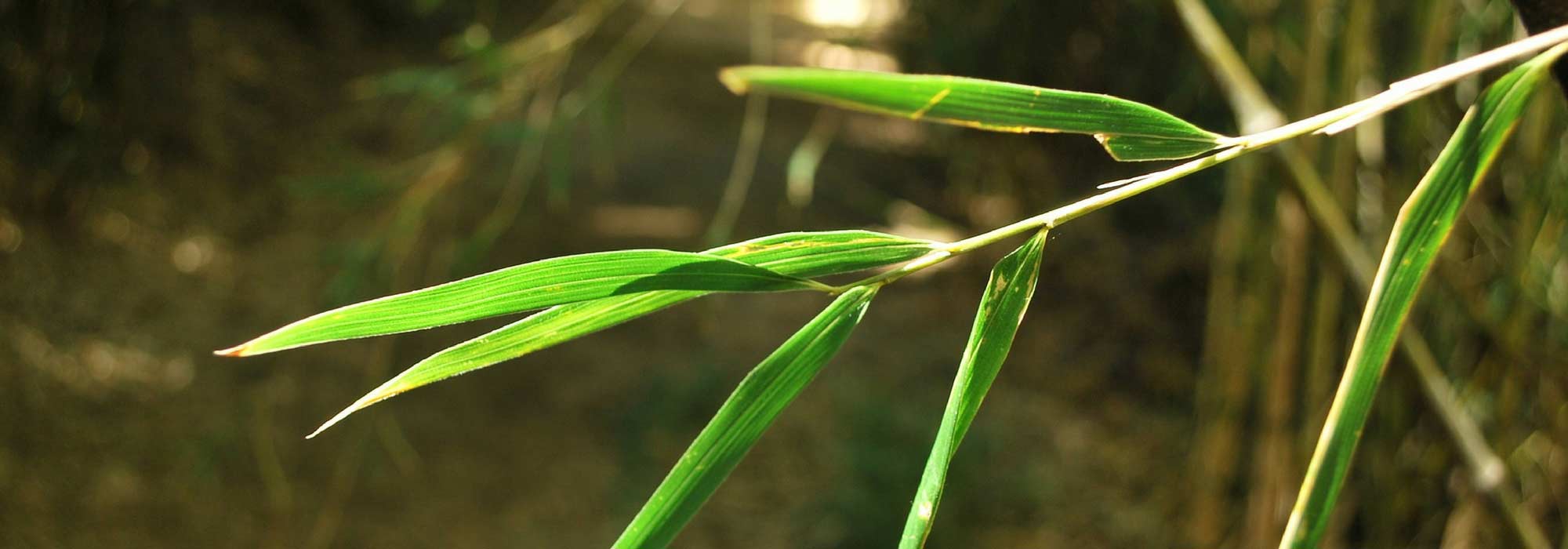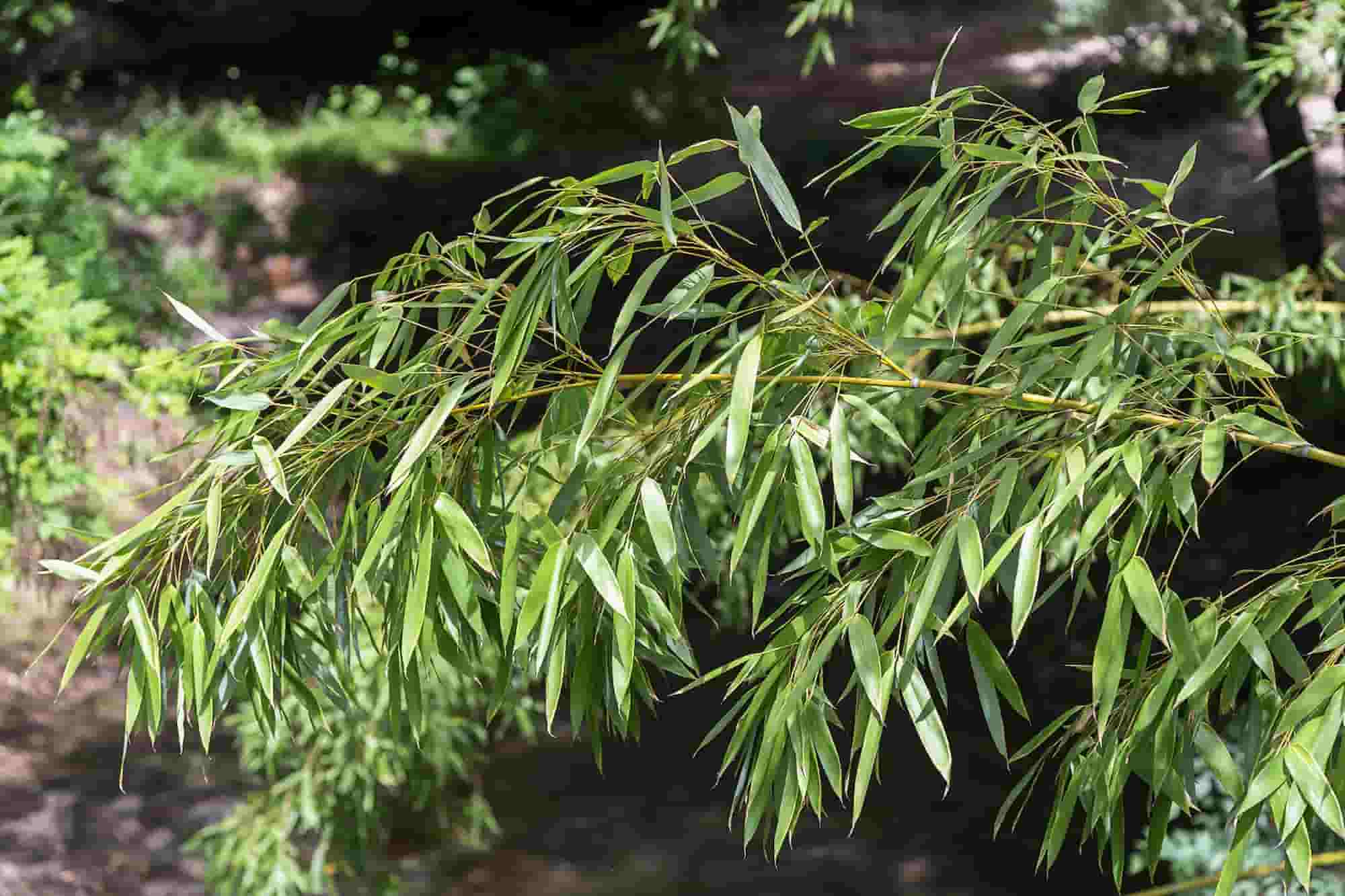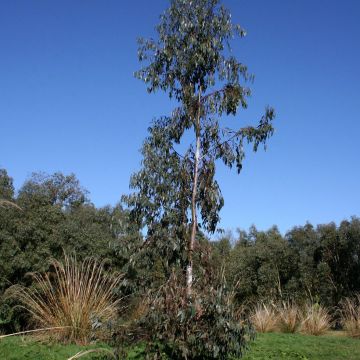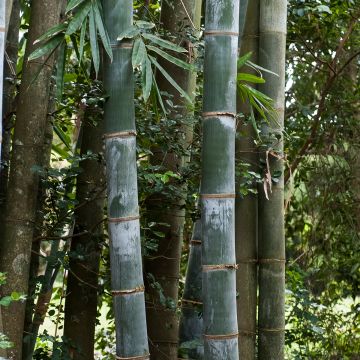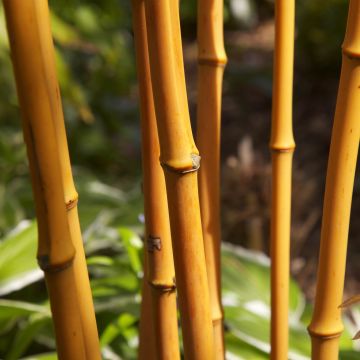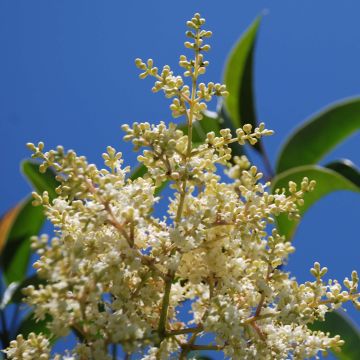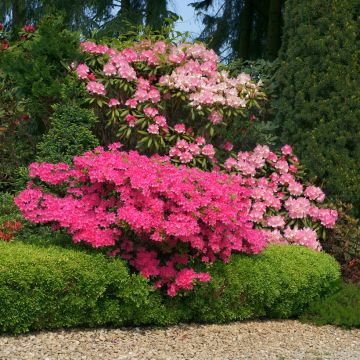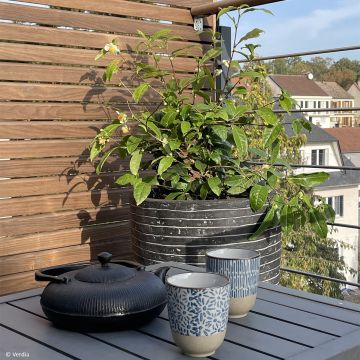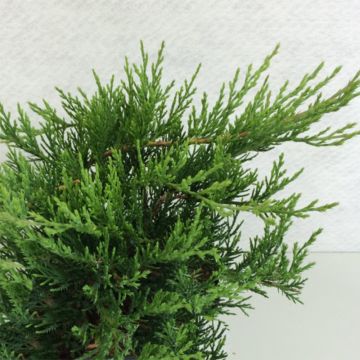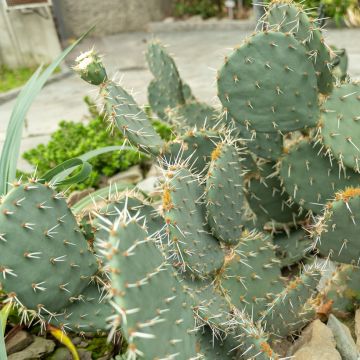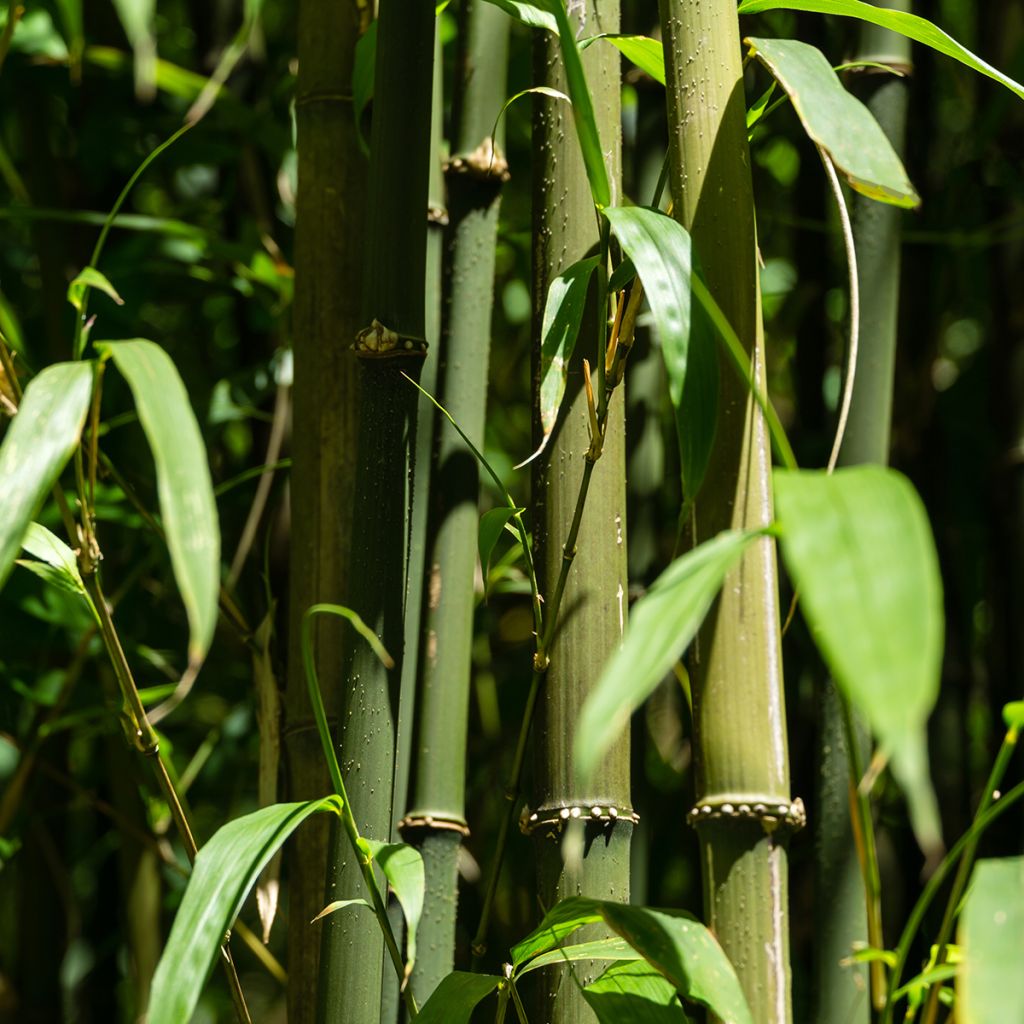

Chimonobambusa quadrangularis
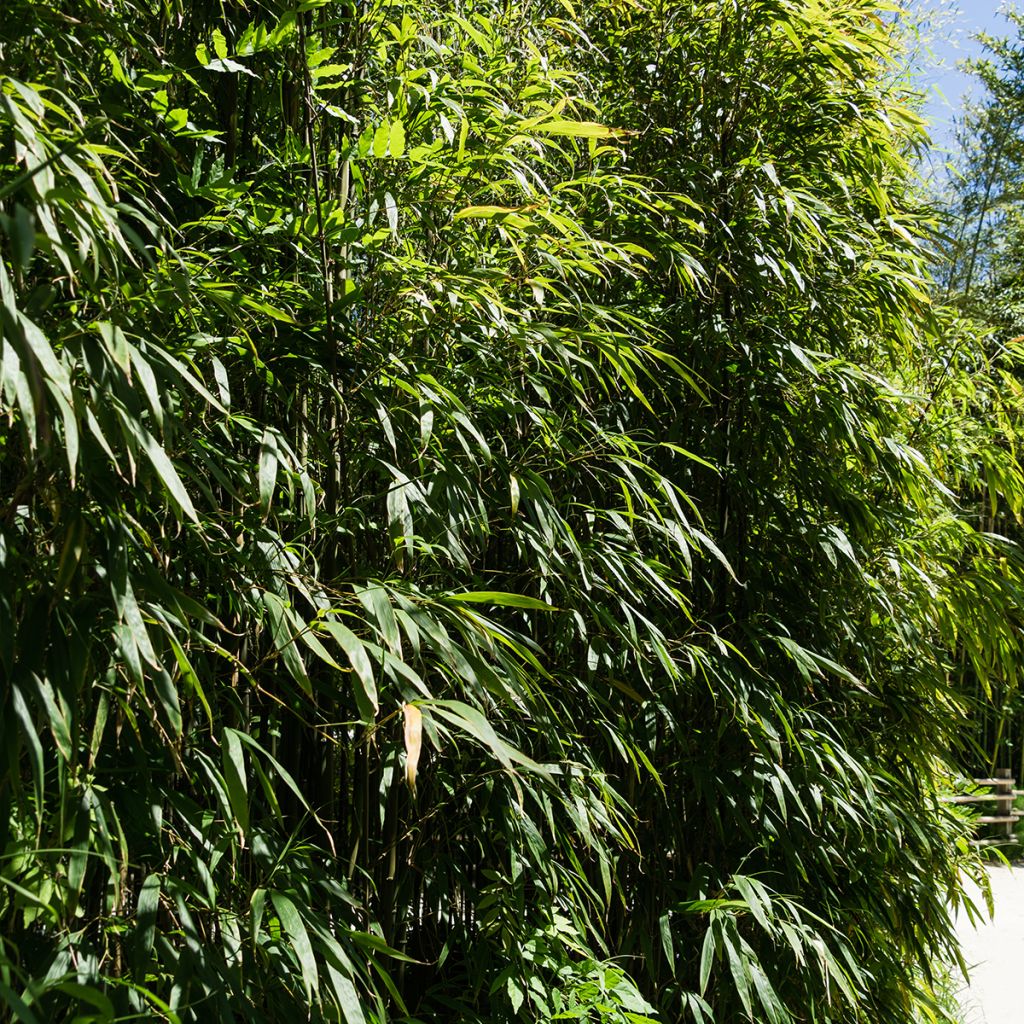

Chimonobambusa quadrangularis


Chimonobambusa quadrangularis
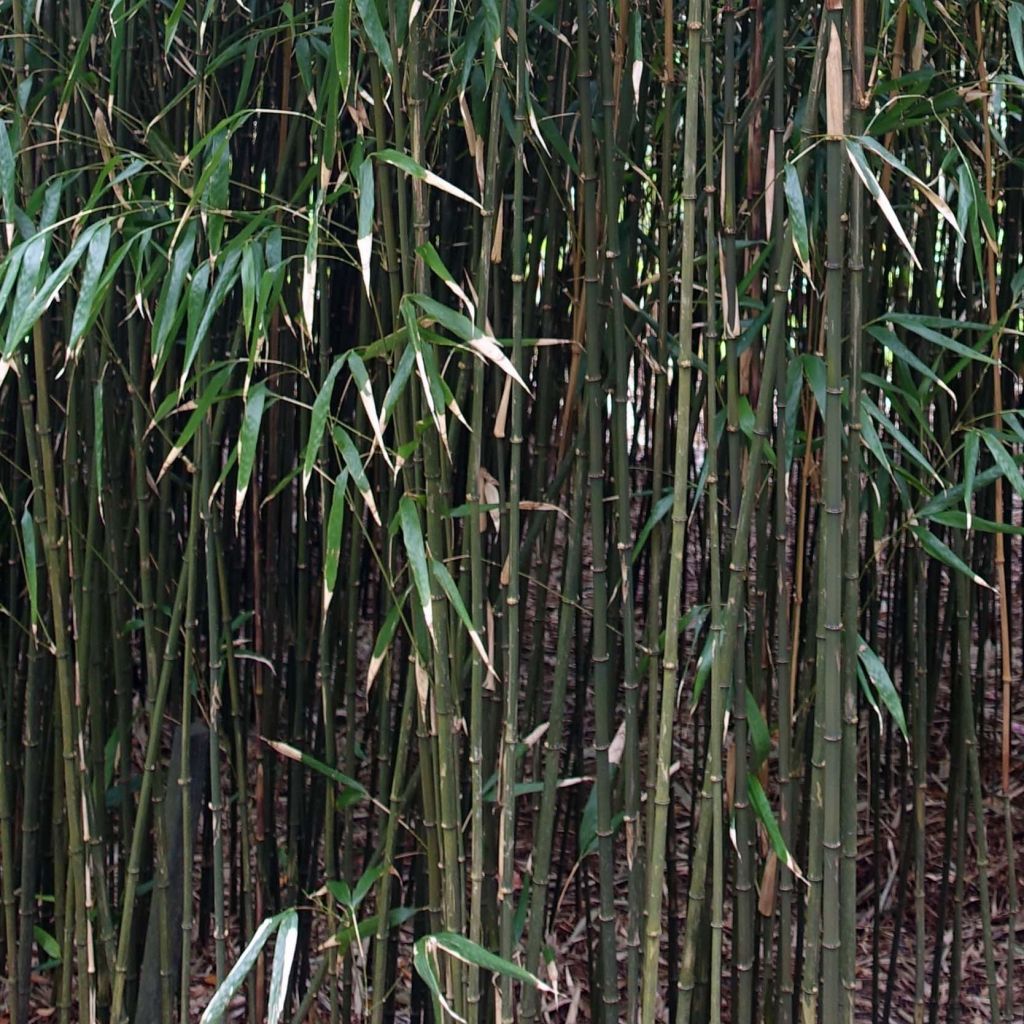

Chimonobambusa quadrangularis
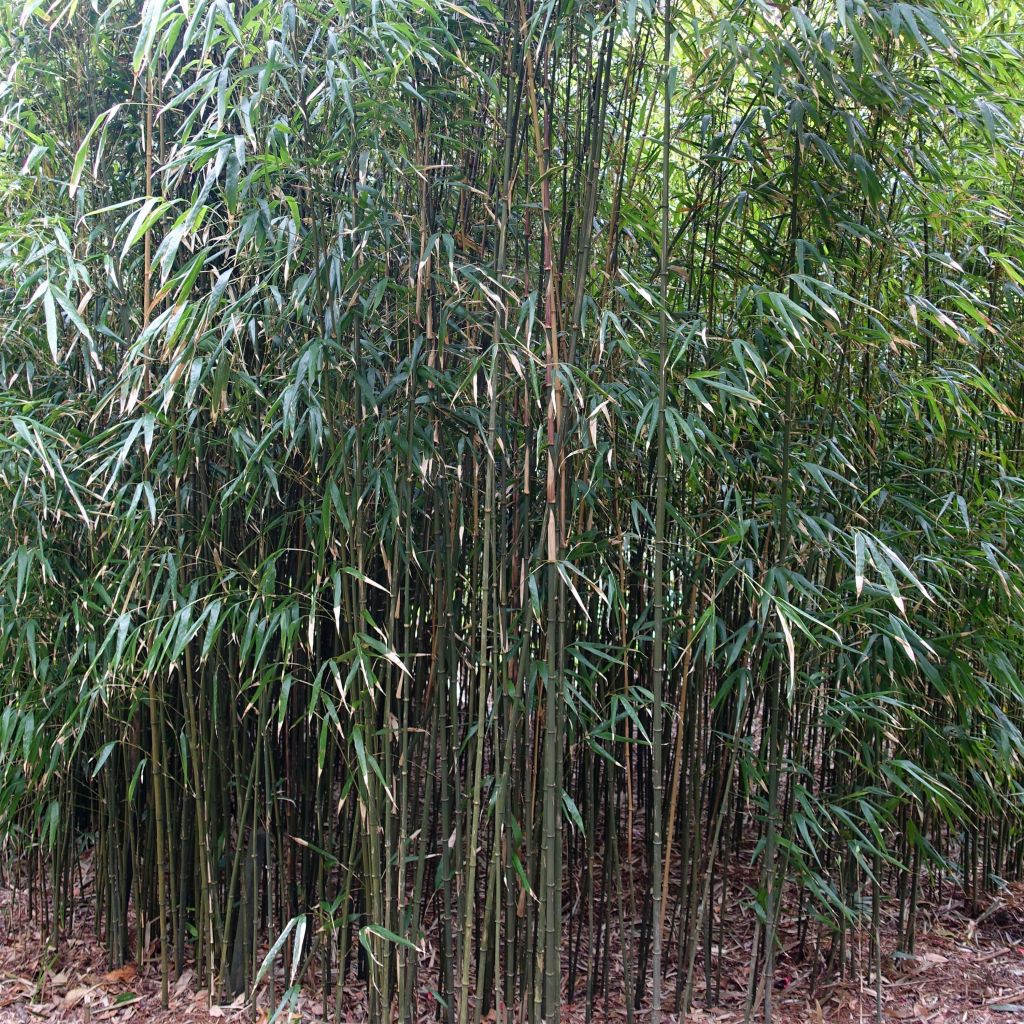

Chimonobambusa quadrangularis
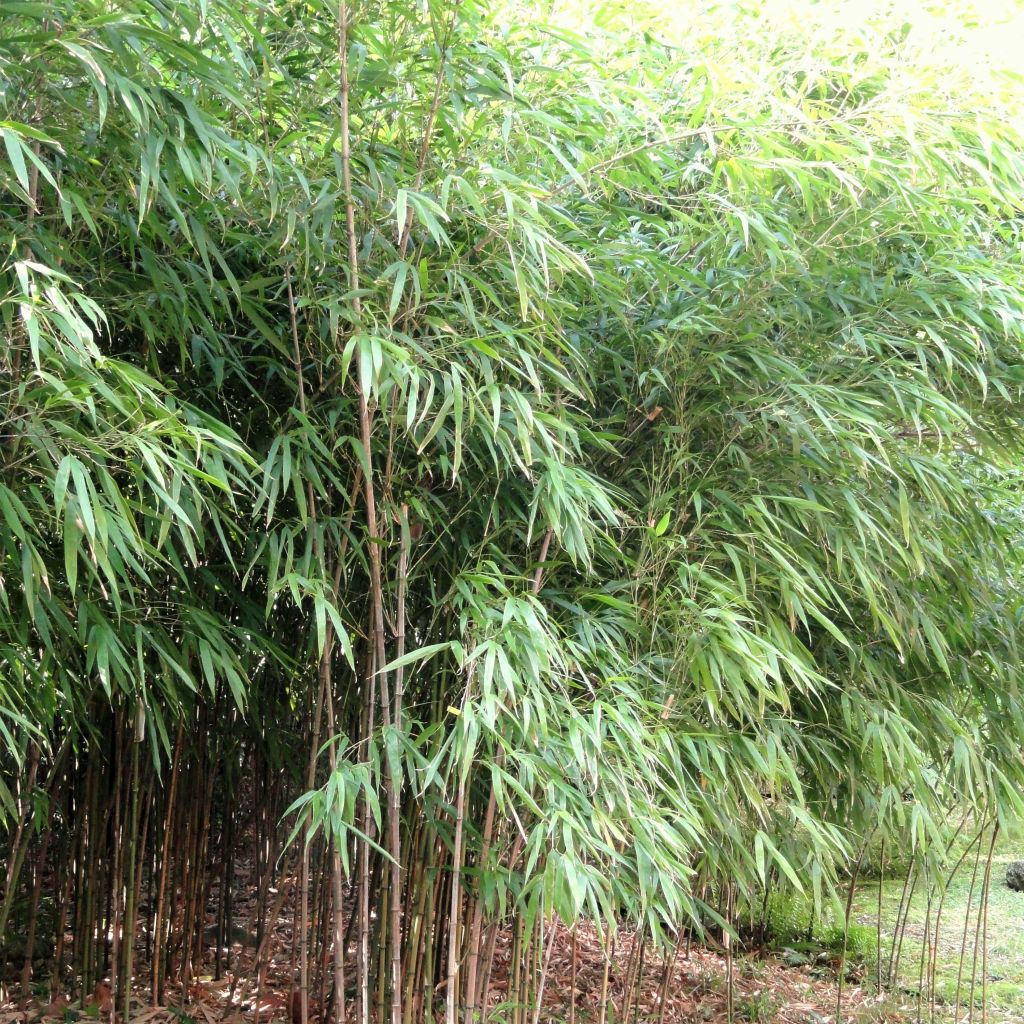

Chimonobambusa quadrangularis
Chimonobambusa quadrangularis
Chimonobambusa quadrangularis
Square Bamboo, Square-stem Bamboo
You sent me the wrong subject: 3 stems out of 5 arrived dead, and the leaves are drying up on the remaining 2 in very poor condition....
Véronique, 25/05/2023
Special offer!
Receive a €20 voucher for any order over €90 (excluding delivery costs, credit notes, and plastic-free options)!
1- Add your favorite plants to your cart.
2- Once you have reached €90, confirm your order (you can even choose the delivery date!).
3- As soon as your order is shipped, you will receive an email containing your voucher code, valid for 3 months (90 days).
Your voucher is unique and can only be used once, for any order with a minimum value of €20, excluding delivery costs.
Can be combined with other current offers, non-divisible and non-refundable.
Home or relay delivery (depending on size and destination)
Schedule delivery date,
and select date in basket
This plant carries a 24 months recovery warranty
More information
We guarantee the quality of our plants for a full growing cycle, and will replace at our expense any plant that fails to recover under normal climatic and planting conditions.
Would this plant suit my garden?
Set up your Plantfit profile →
Description
Chimonobambusa quadrangularis is a collector's bamboo, a plant for outdoor or veranda equipped with remarkable graphics. Of medium size, this original is recognizable by its culms with square section equipped with swollen and flattened nodes from which emerge rudimentary roots. Definitely very different from other bamboos, it has a superb evergreen foliage, trailing in cascades of large glossy leaves, which gives the plant a unique aspect. Reserve space for this bamboo classified among slightly trailing species or grow it in a pot to store it during winter to protect its young shoots from winter frosts.
Chimonobambusa quadrangularis (synonym Qiongzhuea or Tetragonocalamus angulatus) is a plant of the Poaceae family, a kind of grass with lignified stems that develops from a trailing rhizomatous stump in hot climate more than in cool climate. This botanical species is native to China and Taiwan, where it grows in well-protected valleys and low-altitude areas. Not as tropical as Bambusa or Dendrocalamus, it is not considered a temperate climate bamboo like Fargesia or Phyllostachys. Its stump is still able to withstand short frosts of around -15°C in dry soil. Introduced in Italy in the 19th century, it remains quite rare in cultivation.
This semi-hardy bamboo has a particular growth cycle. It develops its shoots (young culms) generally in late summer or autumn. As these shoots are only slightly lignified, they do not tolerate severe frosts well. The culms, 2 to 3cm (0.8 to 1.2in) in diameter, emerge in spring with rising temperatures, reaching a height of 3 to 5m (9ft 10in to 16ft 5in), depending on the cultivation method: a potted plant will develop less than one in open ground. When young, they are blackish in colour, then they turn green and brown over time. The plant has an original, very exotic habit: narrow, rather erect but flexible, organized in cascades of leaves gathered in tight, upright clusters. One of the characteristics of this bamboo lies in its prominent nodes with aerial roots, arranged at regular intervals along the culms. Its evergreen foliage becomes completely deciduous below -10°C. It is composed of long, trailing and narrow leaves measuring 15cm (5.9in) in length and 1.5cm (0.6in) in width. They are a beautiful light green colour, with a very satin finish. The young shoots are edible once boiled.
This semi-hardy bamboo allows for the creation of scenes of great poetry, both in open ground and in pots, outdoors or in a bright interior with little or no heating. It is perfectly suited for zen, exotic, or contemporary style gardens. Avoid planting it in scorching sun, in excessively dry soils, and in windy locations. Highlight it as an isolated clump at the edge of a path or in the centre of a flowerbed. It integrates quite easily into the garden, associating with trees such as caramel tree, Japanese maple in all its forms, or certain weeping conifers. In a more shrubby flowerbed, it accompanies sacred bamboo, spindle tree, or Loropetalum. It can also be associated with black bamboo and Fargesia with different culms and foliage, for a highly successful tropical scene. With an extremely exotic appearance, Chimonobambusa quadrangularis is the ideal bamboo to give a very exotic character to even the most modest decor!
Chimonobambusa quadrangularis in pictures
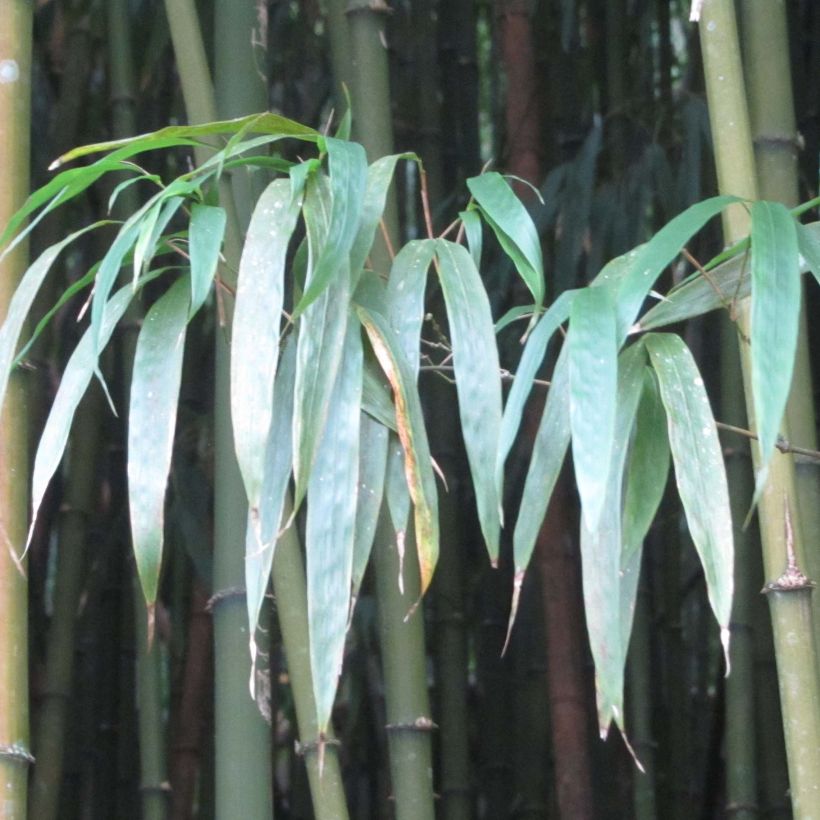

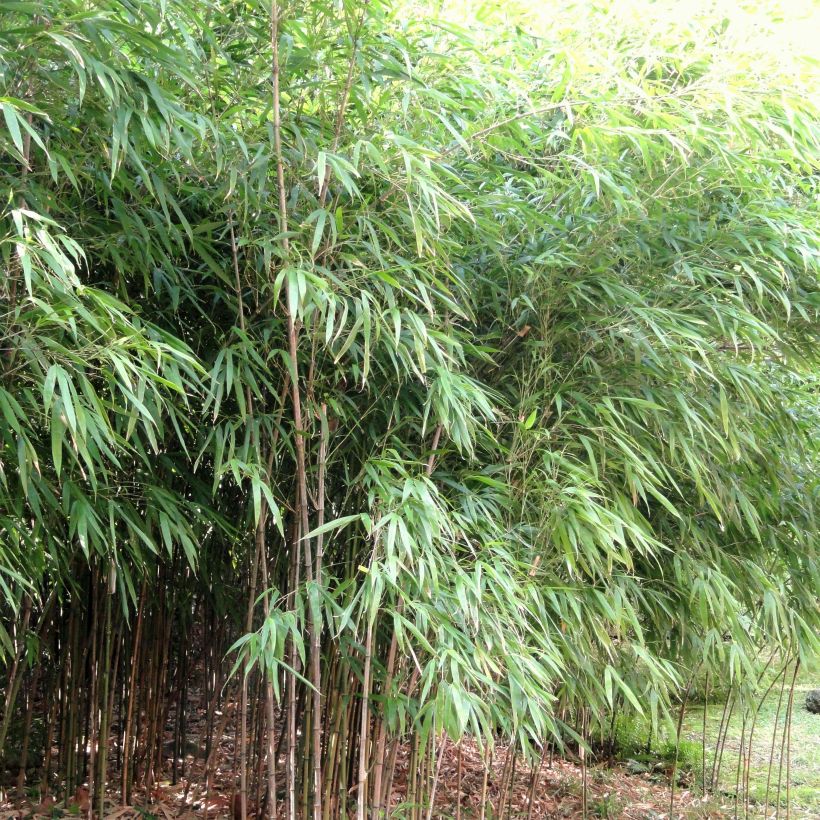

Plant habit
Foliage
Botanical data
Chimonobambusa
quadrangularis
Gramineae
Square Bamboo, Square-stem Bamboo
China
Other Chimonobambusa
View all →Planting and care
Cultivated in containers, bamboos can be planted at any time of the year, except during freezing temperatures. However, the best planting period is late summer and autumn, when the soil is warm and rainfall is more frequent. The planting distance depends on how you plan to use your bamboos: for mass planting, leave a gap of 1.8 to 2.2 metres (5 feet 11 inches to 7 feet 2 inches) between each plant. For hedges, this distance can be reduced to 1 to 1.4 metres (3 feet 4 inches to 4 feet 7 inches).
In general, bamboos prefer rich, deep, well-drained soil that remains moist, either acidic or neutral. They can tolerate slightly alkaline soil depending on the variety. Chimonobambusa quadragularis is a calcifuge plant, which is sensitive to limestone in the soil and shows symptoms of chlorosis: its leaves turn yellow from the edge of the lamina to the central vein, preventing the plant from being nourished. It becomes weak and eventually disappears. It also dislikes hot exposures, so plant it in partial shade or even in shade. Its spreading habit in hot climates is greatly moderated in cooler climates.
During planting, be sure to loosen the soil and moisten the root ball thoroughly by soaking it. You can add well-decomposed compost and rake it into the surface. Watering should be done regularly, especially during the first year if planted in the ground, and constantly if your bamboos are grown in pots. The establishment period may sometimes seem a bit long, so don't panic!
For bamboos with spreading rhizomes, the installation of a rhizome barrier (thick and sturdy polypropylene film) is essential because these varieties, which disregard property limits, can quickly colonize large areas. The rhizome barrier should be buried vertically, leaving a height of 10cm (3.9in) exposed, which should be inclined at a 15° angle towards the plant.
In terms of maintenance, bamboo is not demanding: remember to weed around the base, at least during the early stages until the dead leaves on the ground form a natural mulch. An application of nitrogen fertilizer (well-decomposed manure or liquid fertilizer) in spring and autumn can be beneficial.
Planting period
Intended location
Care
Planting & care advice
-
, onOrder confirmed
Reply from on Promesse de fleurs
Similar products
Haven't found what you were looking for?
Hardiness is the lowest winter temperature a plant can endure without suffering serious damage or even dying. However, hardiness is affected by location (a sheltered area, such as a patio), protection (winter cover) and soil type (hardiness is improved by well-drained soil).

Photo Sharing Terms & Conditions
In order to encourage gardeners to interact and share their experiences, Promesse de fleurs offers various media enabling content to be uploaded onto its Site - in particular via the ‘Photo sharing’ module.
The User agrees to refrain from:
- Posting any content that is illegal, prejudicial, insulting, racist, inciteful to hatred, revisionist, contrary to public decency, that infringes on privacy or on the privacy rights of third parties, in particular the publicity rights of persons and goods, intellectual property rights, or the right to privacy.
- Submitting content on behalf of a third party;
- Impersonate the identity of a third party and/or publish any personal information about a third party;
In general, the User undertakes to refrain from any unethical behaviour.
All Content (in particular text, comments, files, images, photos, videos, creative works, etc.), which may be subject to property or intellectual property rights, image or other private rights, shall remain the property of the User, subject to the limited rights granted by the terms of the licence granted by Promesse de fleurs as stated below. Users are at liberty to publish or not to publish such Content on the Site, notably via the ‘Photo Sharing’ facility, and accept that this Content shall be made public and freely accessible, notably on the Internet.
Users further acknowledge, undertake to have ,and guarantee that they hold all necessary rights and permissions to publish such material on the Site, in particular with regard to the legislation in force pertaining to any privacy, property, intellectual property, image, or contractual rights, or rights of any other nature. By publishing such Content on the Site, Users acknowledge accepting full liability as publishers of the Content within the meaning of the law, and grant Promesse de fleurs, free of charge, an inclusive, worldwide licence for the said Content for the entire duration of its publication, including all reproduction, representation, up/downloading, displaying, performing, transmission, and storage rights.
Users also grant permission for their name to be linked to the Content and accept that this link may not always be made available.
By engaging in posting material, Users consent to their Content becoming automatically accessible on the Internet, in particular on other sites and/or blogs and/or web pages of the Promesse de fleurs site, including in particular social pages and the Promesse de fleurs catalogue.
Users may secure the removal of entrusted content free of charge by issuing a simple request via our contact form.
The flowering period indicated on our website applies to countries and regions located in USDA zone 8 (France, the United Kingdom, Ireland, the Netherlands, etc.)
It will vary according to where you live:
- In zones 9 to 10 (Italy, Spain, Greece, etc.), flowering will occur about 2 to 4 weeks earlier.
- In zones 6 to 7 (Germany, Poland, Slovenia, and lower mountainous regions), flowering will be delayed by 2 to 3 weeks.
- In zone 5 (Central Europe, Scandinavia), blooming will be delayed by 3 to 5 weeks.
In temperate climates, pruning of spring-flowering shrubs (forsythia, spireas, etc.) should be done just after flowering.
Pruning of summer-flowering shrubs (Indian Lilac, Perovskia, etc.) can be done in winter or spring.
In cold regions as well as with frost-sensitive plants, avoid pruning too early when severe frosts may still occur.
The planting period indicated on our website applies to countries and regions located in USDA zone 8 (France, United Kingdom, Ireland, Netherlands).
It will vary according to where you live:
- In Mediterranean zones (Marseille, Madrid, Milan, etc.), autumn and winter are the best planting periods.
- In continental zones (Strasbourg, Munich, Vienna, etc.), delay planting by 2 to 3 weeks in spring and bring it forward by 2 to 4 weeks in autumn.
- In mountainous regions (the Alps, Pyrenees, Carpathians, etc.), it is best to plant in late spring (May-June) or late summer (August-September).
The harvesting period indicated on our website applies to countries and regions in USDA zone 8 (France, England, Ireland, the Netherlands).
In colder areas (Scandinavia, Poland, Austria...) fruit and vegetable harvests are likely to be delayed by 3-4 weeks.
In warmer areas (Italy, Spain, Greece, etc.), harvesting will probably take place earlier, depending on weather conditions.
The sowing periods indicated on our website apply to countries and regions within USDA Zone 8 (France, UK, Ireland, Netherlands).
In colder areas (Scandinavia, Poland, Austria...), delay any outdoor sowing by 3-4 weeks, or sow under glass.
In warmer climes (Italy, Spain, Greece, etc.), bring outdoor sowing forward by a few weeks.






























